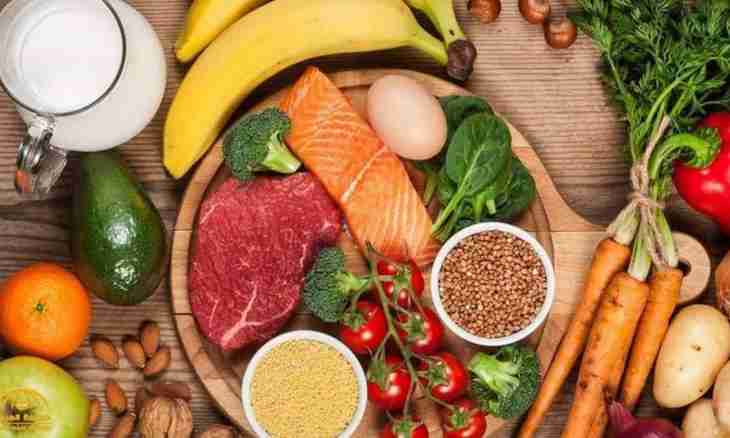Vitamins are the organic compounds taking active part in all processes of an organism and providing normalization of a metabolism. The most part of vitamins, necessary for activity, comes to a human body with vegetable food.
Plants – a natural source of vitamins most of which important advantage the balance and impossibility of their overdose is considered that quite often happens at intake of the synthesized vitamin medicines. Vitamin A comes to an organism in the form of carotene (pro-vitamin) then cells of a liver and a small intestine turn it into vitamin, so important for health. A source of carotene are plants with fruits of red or orange coloring: apricot, currant, cherry, gooseberry, sea-buckthorn, carrots. Wild-growing plants are not less rich with pro-vitamin: nettle, clover, yarrow, lungwort, St. John's wort, melissa.
"Beauty source" - vitamin E in large numbers contains in green vegetables: salad, spinach, haricot, cabbage, etc. In wild-growing plants this vitamin meets in leaves of a meadow clover and winter cress, fruits of a rowan, sea-buckthorn, dogrose, blackberry.
With ascorbic acid – vitamin C both many are rich cultural, and wild-growing plants. On garden beds this vitamin can be found in fruits of potatoes, carrots, beet. The largest amount of ascorbic acid is in a dogrose and blackcurrant. In wild-growing plants this vitamin meets in leaves of a nettle, dandelion, a primrose, a sorrel, a kislitsa, a St. John's wort, plantain. Vitamin D in a human body is produced under the influence of ultra-violet radiation and in pure form in plants does not meet. However his predecessor, pro-vitamin ergosteron, it is possible to find in leaves of parsley, soy, a lucerne, a field horsetail, a nettle two-blast furnace. From group of vitamins B the following is considered as the most important for full activity of an organism: B1, B2, B3, B6, B9, B12. B1 vitamin in necessary quantities contains in chicory, a sorrel, blackberry, raspberry and bilberry. The sea-buckthorn, a dogrose, a dandelion, bean plants are rich with B2 vitamin, and cereals, wild-growing greens – B3 vitamin. A source of B6 is corn, potatoes, wheat, a buckwheat, cabbage and bean plants. Carrots, spinach, parsley, a sorrel and salad will provide an organism with B9 vitamin, and B12 vitamin - hop, a ginseng, a barley grass, mustard leaves. A rich source of vitamin K are many wild-growing plants: shepherd's bag, nettle, yarrow, goutweed, leaves of a linden, raspberry and birch. In cultural plants this vitamin meets in fruits of carrots, tomatoes, in leaves of lettuce, a color and white cabbage. With vitamin P organism will be provided by a rhubarb, tea leaves, a chokeberry, a yarrow, red pepper, tobacco, a three-colored violet, a buckwheat grass, a rue.

